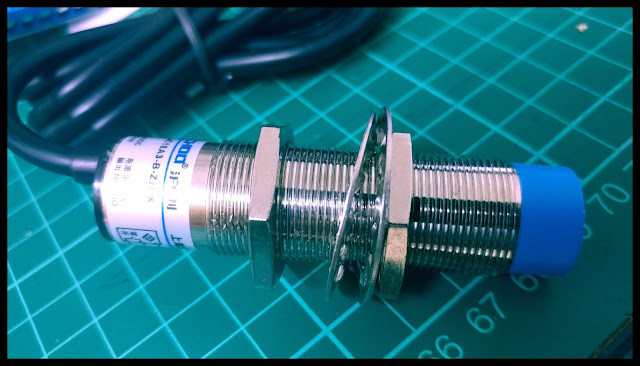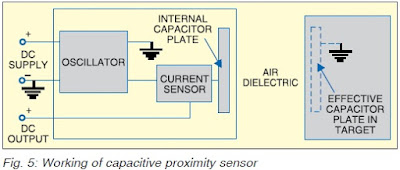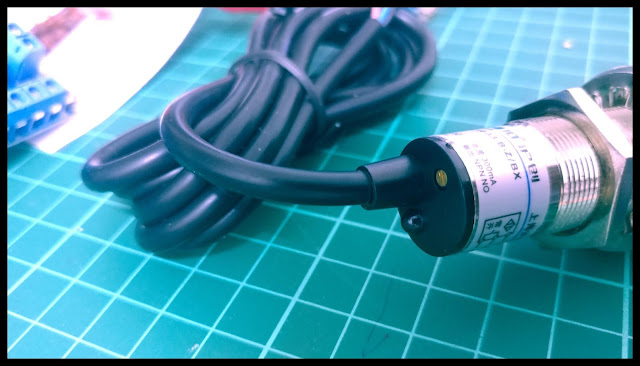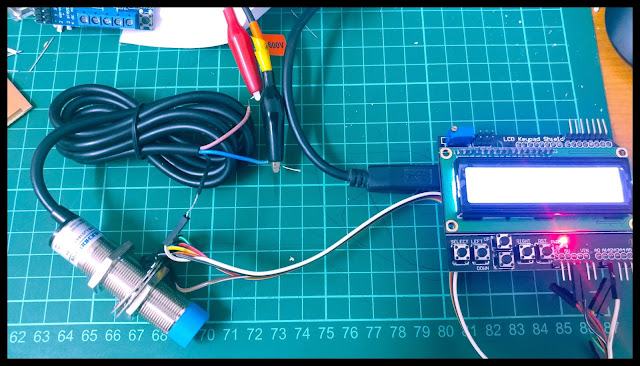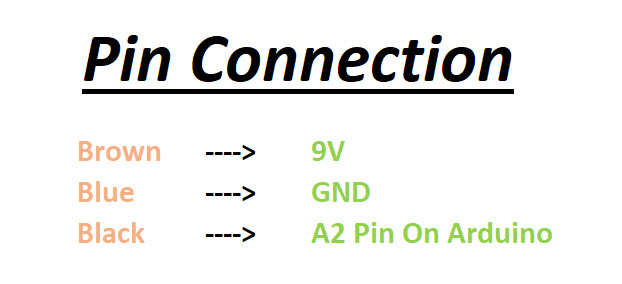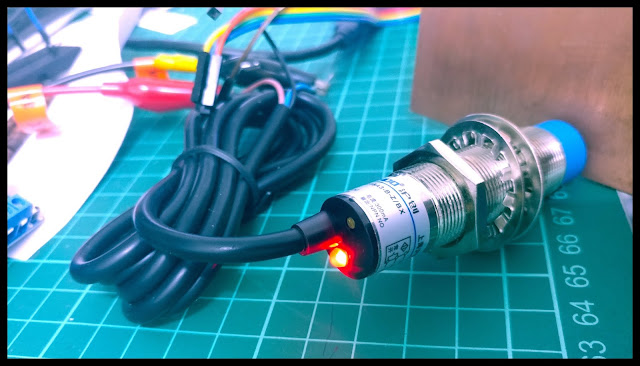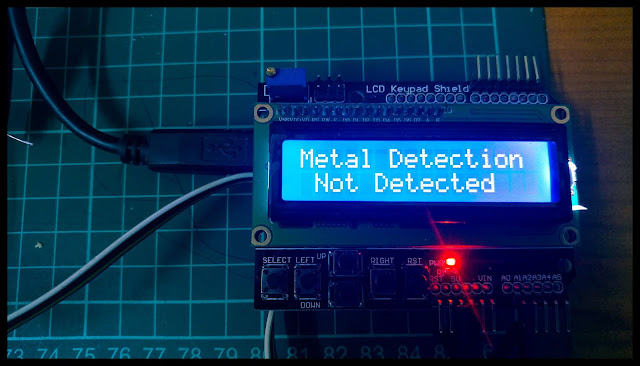In our product review today, we will look in to the capacitive proximity sensor switch. Let us see how does the sensor works. Below picture is the picture of the actual product.
Capacitive proximity sensors are used for non-contact detection of metallic objects and non-metallic objects. Capacitive proximity sensors use the variation of capacitance between the sensor and the object being detected. The capacitive proximity sensor works on the capacitor principle.
The main components of the capacitive proximity sensor are plate, oscillator, threshold detector and the output circuit. The plate inside the sensor acts as one plate and the air acts as the dielectric between the plates.
To buy this sensor please click here
The advantages of capacitive sensor are
Capacitive proximity sensors are used for non-contact detection of metallic objects and non-metallic objects. Capacitive proximity sensors use the variation of capacitance between the sensor and the object being detected. The capacitive proximity sensor works on the capacitor principle.
The main components of the capacitive proximity sensor are plate, oscillator, threshold detector and the output circuit. The plate inside the sensor acts as one plate and the air acts as the dielectric between the plates.
To buy this sensor please click here
The advantages of capacitive sensor are
- It can detect both metallic and non-metallic objects
- Goood stability
- High speed
- Good resolution
- Low cost
The disadvantages of capacitive sensor are
- They are affected by temperature and humidity
- Could be triggered by dust or moisture
- Sensitive to noise
- Linearity is not good
The image below illustrate the operation of the
Basically that is the basic introduction and the theory of the sensor. Below are some more images of the product.
The sensor was put under test by interfacing it with Arduino. The connection was done as per the diagram below
The pin connection is as below:
When the object is detected, the led at the rear of the sensor will light up.
Below is the code which we use to test the sensor
#include <LiquidCrystal.h> const int rs = 12, en = 11, d4 = 5, d5 = 4, d6 = 3, d7 = 2; LiquidCrystal lcd(rs, en, d4, d5, d6, d7); float metalDetected; int monitoring; int metalDetection = 1; void setup(){ // set up the LCD's number of columns and rows: lcd.begin(16, 2); // Print a message to the LCD. lcd.print("Metal Detection"); } void loop(){ monitoring = analogRead(metalDetection); lcd.setCursor(0, 1); lcd.print("Not Detected"); if (monitoring > 250) lcd.print("Detected"); delay(1000); }
And below is the result when the sensor was put under the test.
The video below illustrate how the test was conducted.
Thank you.....
Thank you.....

